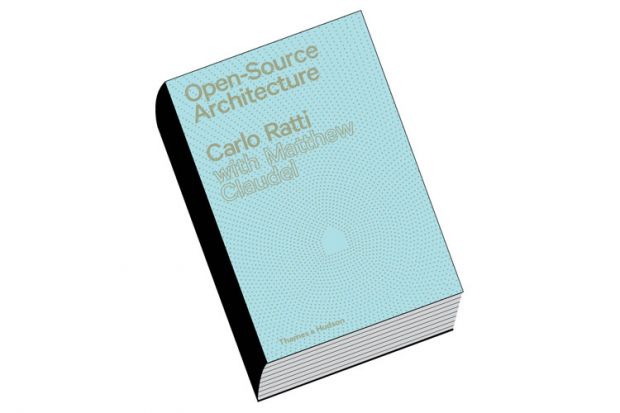This very readable, if slightly uncritical, manifesto for open-source architecture (“the vernacular with an internet connection”) has emerged out of a basement “Fab Lab” comprising 3D printers, laser cutters and other expensive kit at the Massachusetts Institute of Technology. Carlo Ratti and Matthew Claudel, part of a team of editors and “adjunct editors”, receive credit for this book because, apparently, publishers don’t write contracts with “collective authors”.
The writing of Open Source Architecture was, we learn, an attempt to replicate the open-source process, in which design is made freely available and can be adapted by anyone who wishes to get involved. This text apparently emerged from the creation of a Wikipedia page; yet, as always, there is the need for an “orchestrator” to curate the product and take the long view.
Ratti and Claudel are right to make a point about the difficulties that are involved in attributing writings to groups, which is something that seems to be resisted in the humanities, despite being common in the sciences. Certainly, architecture practice is collective and should always be acknowledged as such.
Latent in their book is a very positive message about the importance of rethinking the relationship between producer and consumer, and of the need to find a way to involve people in the making of their environments. This involves a radical reappraisal of what it means to be a 21st-century architecture professional.
Nevertheless I regret that the authors don’t spend more time considering how to bring their “open-source” idyll into being, or go into greater detail on the under-theorised, but vitally important, interface between digital process and participatory architecture.
Instead, the early part of the book deals largely with historical context; in this case, the well-trodden tale of the architecture profession’s preoccupation with individual authorship. I think all this could have been cut (not least for its overuse of the word “deadly”). I did, however, enjoy the account of grand, heroic gestures of a different form – namely the Generation Y geek in his bathrobe, changing the world at his computer screen through the development of Linux and other shared sources.
In this book’s worldview, common access to kit is a given. The sharing of intellectual property is a must. Finance, where mentioned, is crowdsourced. How this is to be achieved without a private income I do not know. That said, universities do have an important role to play in kickstarting open-source innovation by opening up their digital fabrication workshops to small businesses, including the fading architecture micropractices that make up such a large part of the profession across Europe.
“Why not hack your house?” the book asks. The aim is to enable us to download instructions for components that can then be zipped into production in a global network of Fab Labs. Here, it is good to see the British architecture research practice Zero Zero leading the field, with their WikiHouse – for all that it is, unfortunately, still very far from becoming reality.
In the meantime in China, with its far greater levels of research investment, they are printing out the first concrete houses, bringing ever closer the futuristic vision of building sites inhabited by robots. This is happening at the same time that housing, certainly in the UK, is becoming less and less “affordable”, more because of policy issues and land availability than because of building costs.
As the authors put it: “Over to you, then: go ahead, design!”
Flora Samuel is professor of architecture, University of Sheffield.
Open Source Architecture
By Carlo Ratti with Matthew Claudel
Thames & Hudson, 144pp, £14.95
ISBN 9780500343067
Published 28 April 2015
Register to continue
Why register?
- Registration is free and only takes a moment
- Once registered, you can read 3 articles a month
- Sign up for our newsletter
Subscribe
Or subscribe for unlimited access to:
- Unlimited access to news, views, insights & reviews
- Digital editions
- Digital access to THE’s university and college rankings analysis
Already registered or a current subscriber?
